This photography book sheds light on one of the most underreported wars in recent history
"Although there are no clashes and no war, there is also still no peace." This photo book shares images captured over almost a decade of conflict in Yemen
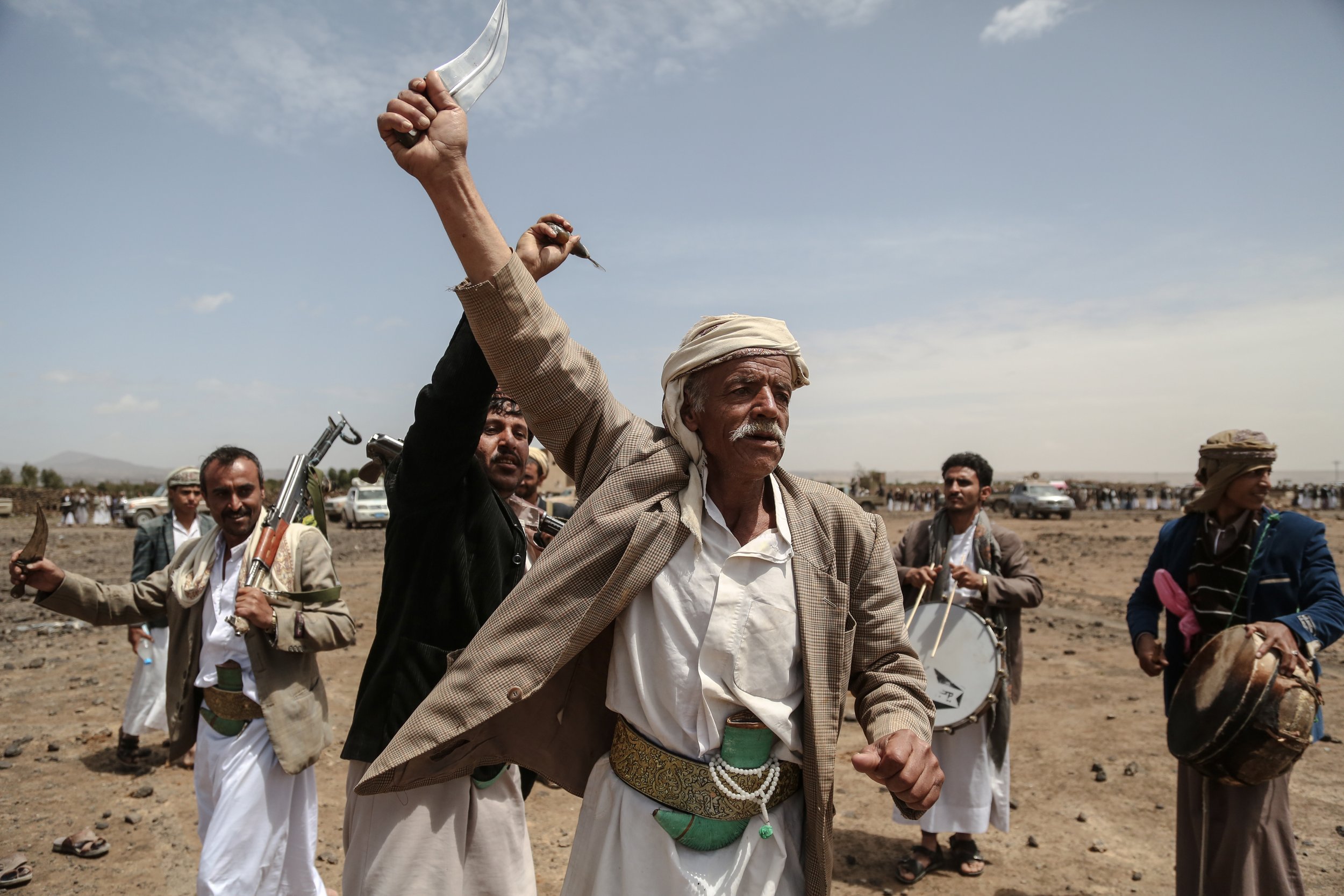
Egyptian photojournalist and conflict photographer, Asmaa Waguih, takes us on a remarkable visual tour of Yemen, highlighting the country's internal battle for power with ongoing conflicts between pro and anti-government militias.
Captured over almost a decade, Unfinished War: A Journey through Civil War in Yemen is a new book by Waguih published by Helion & Company. It includes over 150 images that showcase the contrasting scenes of everyday Yemeni life, and how the nation deals with the effects of the ongoing conflict between rival factions, regional powers, and their proxies and the large humanitarian crisis left as a result.
Admittedly, I knew very little about the conflicts in Yemen and how someone might find themselves as a war photographer in its conflict zone. To get a better understanding, I sat down with Waguih to discuss her experience as a photojournalist as well as the subject matter of the book.
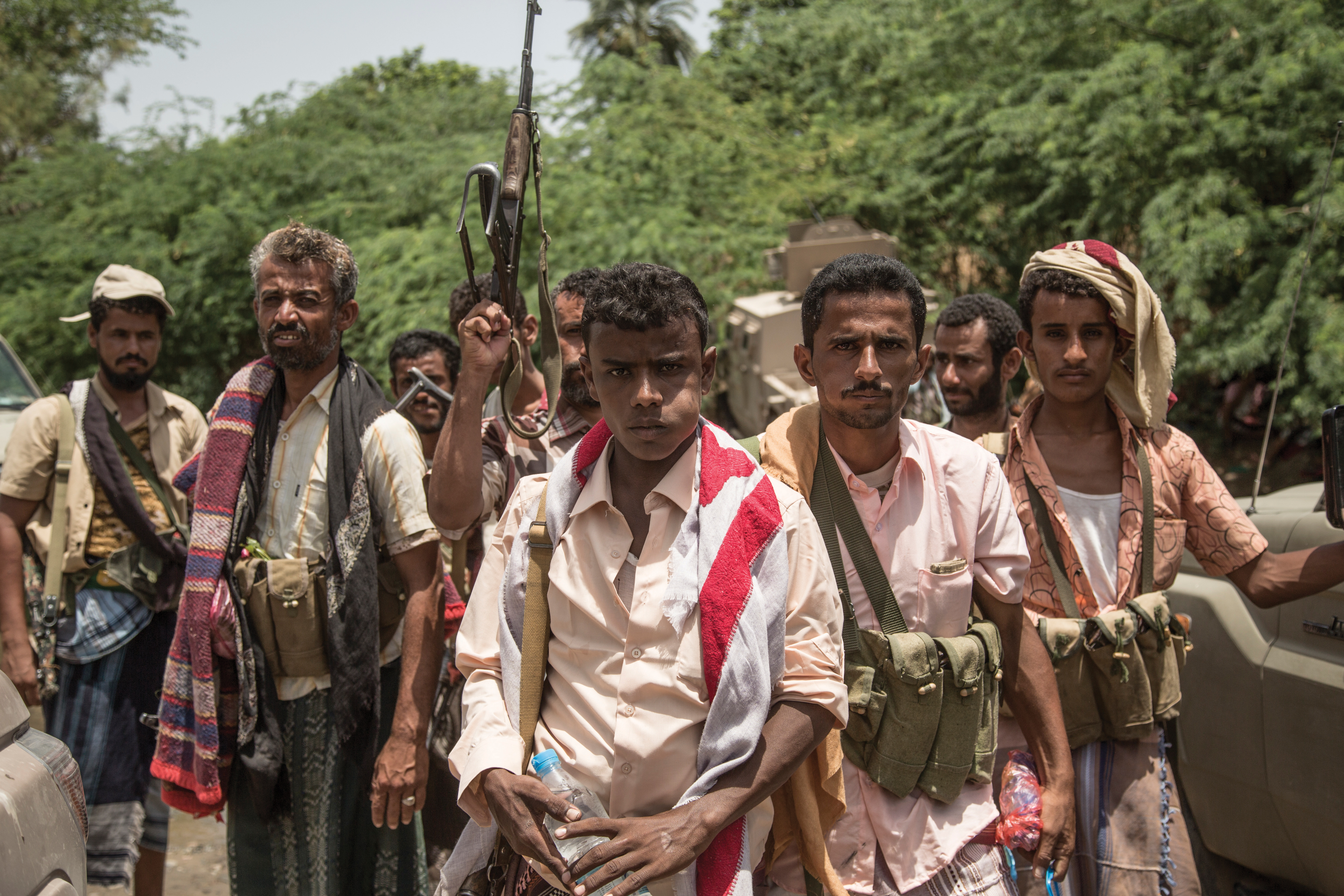
I thought we could start with a little bit about your photography journey. What was your entry into photography?
I started as a reporter but I was always interested in photography. I would get an image in an article once in a while, but I didn't think I would ever be a photographer. While I was working as a reporter and I was out in the field, I would often take my camera with me and provide images to supplement my writing.
I started working with local newspapers, and while in Cairo covered a feature in Alexandria of an archaeological excavation of a Roman site. I took my film camera with me and took some photos. They weren’t technically great images, but I had access others didn’t – I had to jump over a wall to get them!
So this was the start of your career in photojournalism?
Yes, as a freelance reporter I would use my camera any chance I could. I was living in Iraq for a while after the fall of Baghdad and started slowly to take photos while working as a journalist. I was not asked to, but I did just in case.
I took it step by step while I was in Baghdad building up a large body of work. I then returned to Cairo and continued to take more photos with my writing. It was after I returned to Cairo I started taking photography seriously and I tried to concentrate on working exclusively as a photographer. I started teaching myself more of the technical aspects and joined Reuters one and a half years later.
How did you teach yourself photography?
I started meeting with photographers in Iraq and sometimes in Egypt. I would ask anyone I could for tips, and having worked as a reporter I knew many photographers who were kind enough to give me some tips.
I also Googled some of the basics such as composition, but even today I am still not very technical. The main way I learned was going out and taking photographs, and learning from my mistakes.
So did there come a point when photography overtook journalism, or was reporting the priority?
After this point, photography became the main priority for me. I started when I was 35 after moving back home to Cairo. After leaving Iraq I wanted to start focusing on photography as a career but it wasn't until I joined Reuters I got my first steady photography job, other than perhaps getting some images in local magazines.
Due to my reporting experience in Iraq, I was sent on assignment to Gaza, and I went on to the conflict areas in Lebanon during the war, so I learned a lot on the job. Sometimes if you're in a big situation you learn quickly, so I started going there to learn.
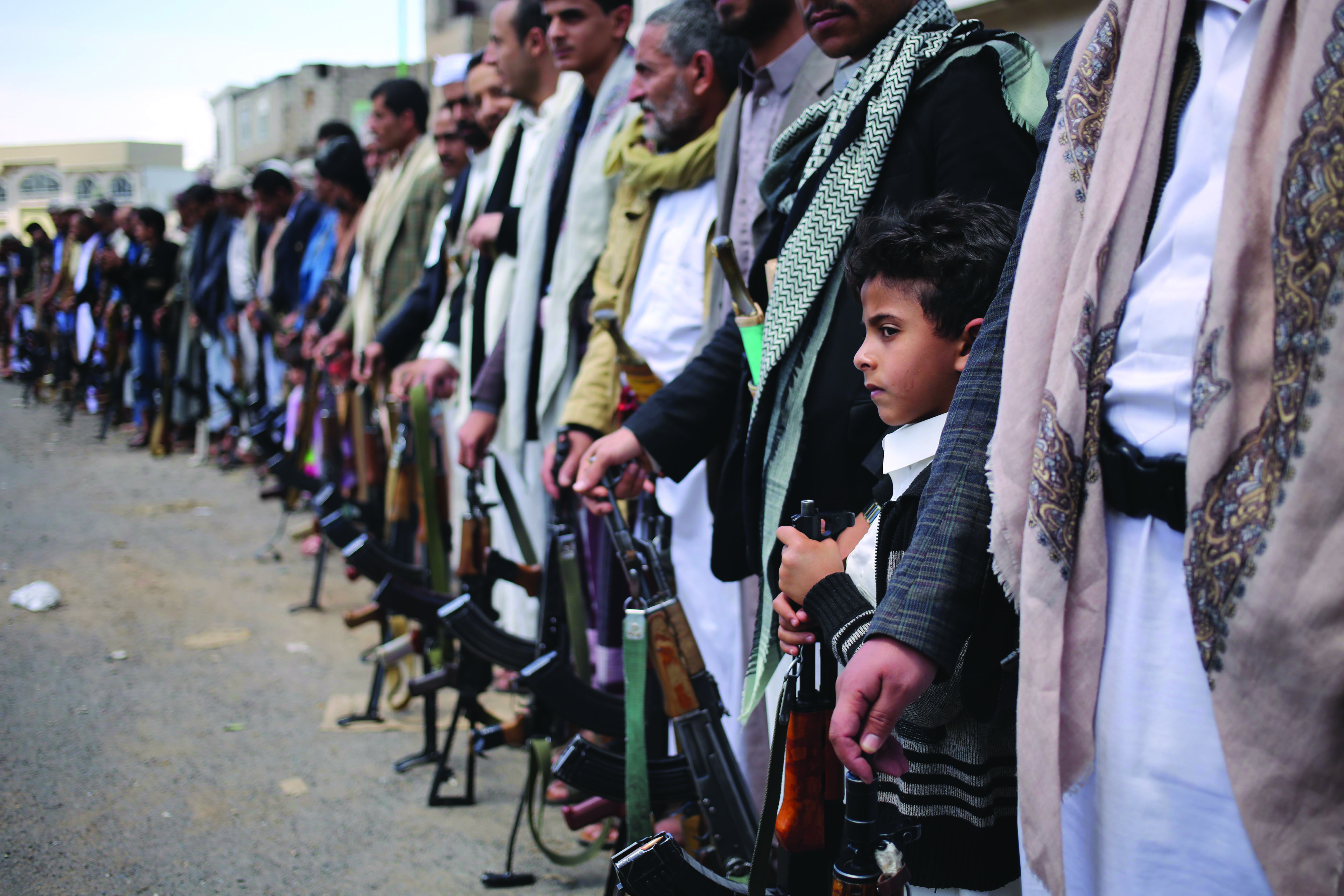
That leads us onto the topic of your new book, 'Unfinished War: A Journey through Civil War in Yemen'. What compelled you to photograph this subject in particular?
I was working for Reuters when the Arab Spring was happening, and I felt excited about what was occurring in all the countries of the Arab Spring. I told my boss, "I'm ready to go anywhere!" I wanted to go to Bahrain, I wanted to go to Libya, and I wanted to go to Yemen.
The priority for Reuters was Libya and I was one of the first few journalists to report from the Libyan side after the Gadaffi rule. Yemen was the one place I had always wanted to go, but there were already enough people there. So I continued to cover Egypt, Libya and Syria.
As soon as I left Reuters, I knew I wanted to go to Yemen and see what was happening, as the conflict was growing and it was already the start of the civil war in Yemen. So I started to visit, and kept going back, each time to a different area not necessarily knowing what would happen next.
I visited all of the main cities. I wanted to capture something few were aware of, even the Yemeni people themselves. Many thought after Saudi Arabia, England, and America were involved it would be over in a few weeks, but it just kept going.
I spent many years going back and forth and the conflict was never-ending, even though reporting had all but stopped. That is until around 2022 when the status cooled but even now has not been fully resolved. Even though there is now technically a truce, every party is still waiting with their weapons in hand, and not one side is winning.
The country is still divided and many things are much worse now than when I first went. Although there are no clashes and no war, there is also still no peace.
I decided that this would be a good time to bring all of my pictures together and tell what happened in Yemen during this period.
How do you plan to capture work like this? Is there planning or are you working on instinct after you arrive at the location?
It's a good question because I plan and I don't plan at the same time. The first time I went, I wanted to go to Sana’a particularly as it's the capital and it was where a lot of raids were taking place. I did not see any raids when I visited but the after-effects were very apparent, so I documented this.
The planning aspect of the trips is usually the locations, as many areas of the country can be extremely difficult to reach at certain times. But when arriving you don't know what you are going to encounter, so often requires photographing what's there and what is happening at the time.
You touched on this briefly, but could you explain a little more about what the title of the book refers to?
Yeah, I'm referring to the current situation in Yemen. In general, currently, it's like a war that's finished temporally, but it's not finished. If I go there, I will see exactly what I saw a few years ago. It's not like any war, even in movies. Usually, a war is finished when there is a real agreement, and this agreement puts everyone in a particular place. This is still not the case in Yemen.
The north and south of the country have been divided, with the militia occupying some territories and the pro-government holding others. So basically, you cannot say that there is any good achievement to finish the civil war, so essentially, it's a war that's not finished.
How do you see it playing out over the next few years?
It's very hard to answer because I'm not saying it's entirely worse now, but it's worse in different ways. People are not fighting each other as much, but it remains. There are a lot of people in the center and the north that are tribal and the situation is not stable. There are millions of people displaced. It's a very big percentage of internally displaced people and they are looking forward to going back to their homes, those of course who haven't had their homes destroyed.
Even if there's less fighting, everything is still the same, and the south is very divided so it's difficult to foresee the future.
When making the work, did you always envision a book as the final output?
No, not really at the beginning, but perhaps around halfway through in 2019 when the fighting was beginning to come to a truce. I thought maybe I could start to collect things to document that period of conflict.
What do you want people to take away from this work?
Well, I think in general, to sum up all that has been happening in Yemen which has been one of the most severely underreported wars over the past few years, and how today they are still suffering from the effects.
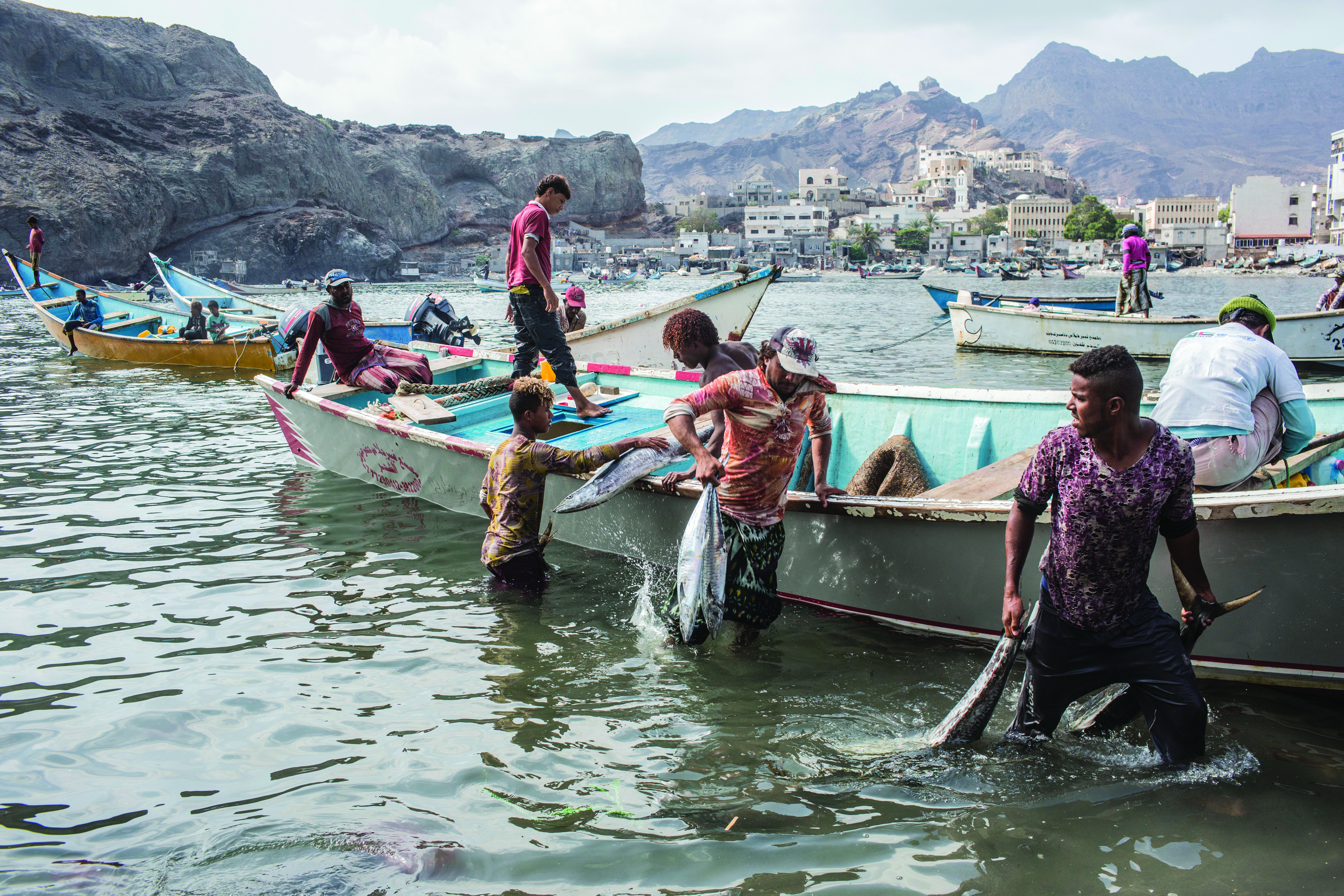
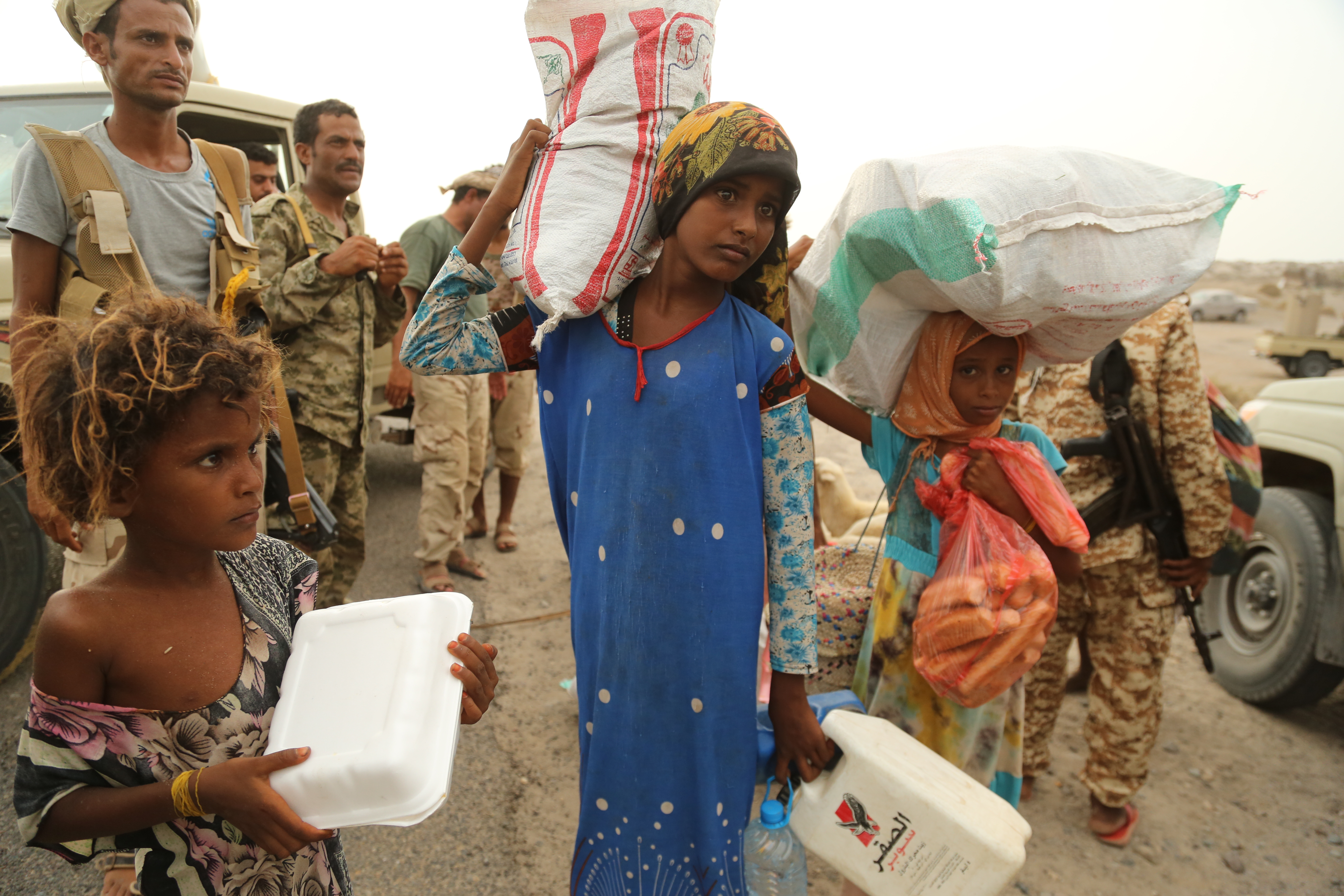
I am sure many people will be inspired by your work as a photojournalist. Do you have any advice for people looking to get started?
I think it’s difficult to answer as everyone learns differently, but I would say the most important thing is to get out and shoot. You know when someone, says that they want to learn swimming, you just go to the sea and put yourself in the sea and swim. This is how I find my stories.
I like to get out and put myself in the middle of the story. When I go, I find out more about what's happening because it's always different when you are experiencing the story, not just reading about it. It’s easy to read and read, but when you are inside the place, then you see more of what's happening and then you decide what you take photos for.
Lastly, what equipment are you using in the field, and how does it enable you to capture your work?
I don't know anything about cameras, I only know the camera I'm using and if anything happened to it, I just go and get the same camera but a new one. I'm very bad with equipment.
When I started I had a small Nikon, but I was advised to get a Canon 5D. I didn't even know what full frame meant, but I just went ahead and bought the camera and I have been using it ever since.
Getting to know your equipment and how it's going to perform in any given situation is vital, and I know the Canon 5D like the back of my hand. I will say that although equipment can help you get your desired image, I value the access and subject much greater.

Asmaa not only depicts the devastation of the once beautiful landscape but also the humanity that continues to shine through despite unfathomable challenges. It is this humanity that is evident in every aspect of Asmaa's images, whether photographs of conflict or everyday life, her images force the viewer into a sense of connection with the subject.
In addition to the photographs captured during almost a decade of work, Asmaa writes about her experiences providing fascinating detail and adding another level of context for the reader.
Unfinished War: A Journey through Civil War in Yemen by Asmaa Waguih and published by Helion & Company is available now for $50 / £25 (Australian pricing TBC) and is a great example of modern photojournalism of an issue that has been seldom covered yet has affected millions of people's lives for over a decade.

You might be interested in more of the best books on photography, including some of the best coffee table books on photography.
Get the Digital Camera World Newsletter
The best camera deals, reviews, product advice, and unmissable photography news, direct to your inbox!

Kalum is a professional photographer with over a decade of experience, also working as a photo editor and photography writer. Specializing in photography and art books, Kalum has a keen interest in the stories behind the images and often interviews contemporary photographers to gain insights into their practices. With a deep passion for both contemporary and classic photography, Kalum brings this love of the medium to all aspects of his work.
